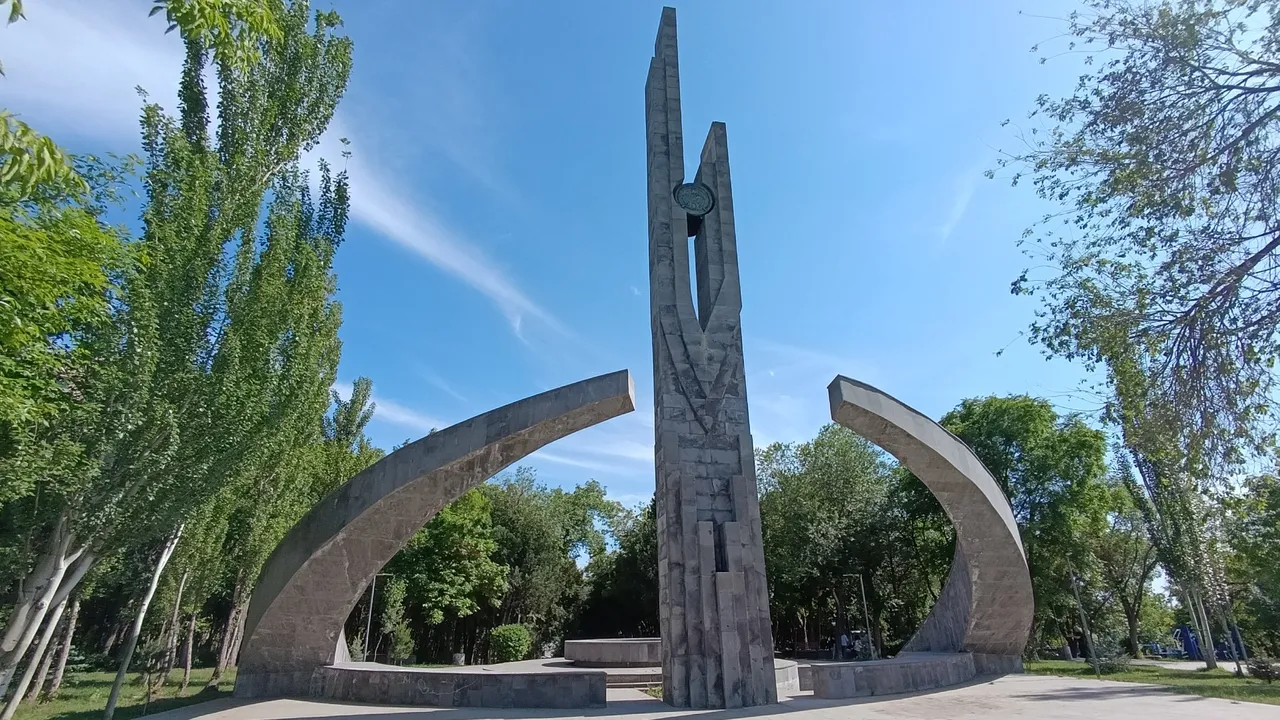
Everyone knows that the Soviets lost a horrifically high number of people during the Second World War. The frontline for the Soviets was an endless bloodbath that pushed both sides to their absolute limits. The number of individuals lost during that period is genuinely unfathomable. There may be numbers to give estimates, but can you really picture what millions of people actually looks like? I know I can't. And it comes to no surprise that in these former Soviet republics remain the many memorials to those who died during those many battles which have been forgotten in time. Maybe descendants remain, but the individuals and their stories are mostly unknown. These monuments are something I really find quite impactful. They're grand in their designs but within that grand appeal resides the meaning behind them, the emotional reaction that they evoke. And for many of us, World War 2 is now just something we see in games, films, or just in the books we read. I discovered this monument before moving back to Armenia, having seen it mentioned on Google Maps which I often explore in search of new places.
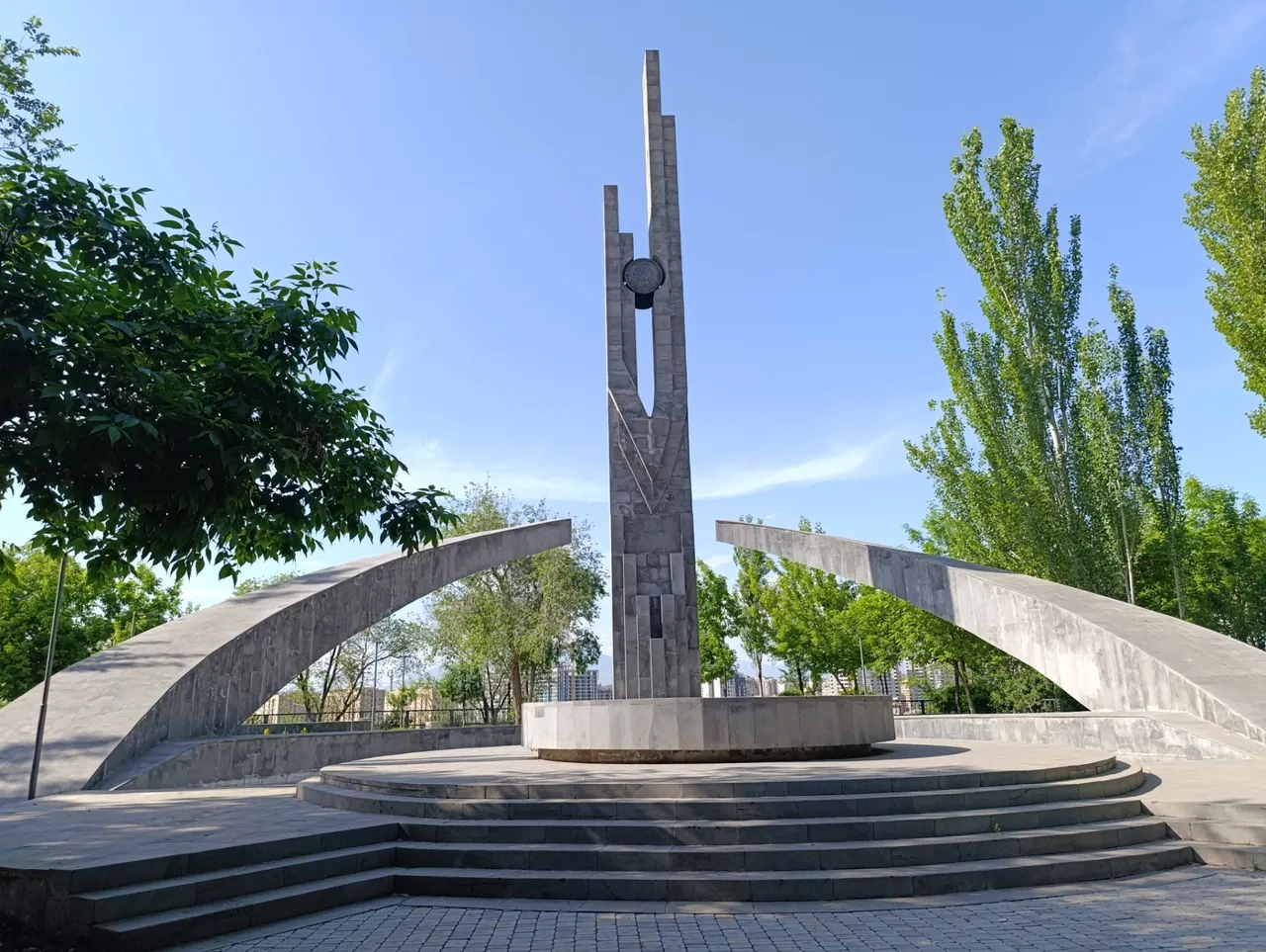
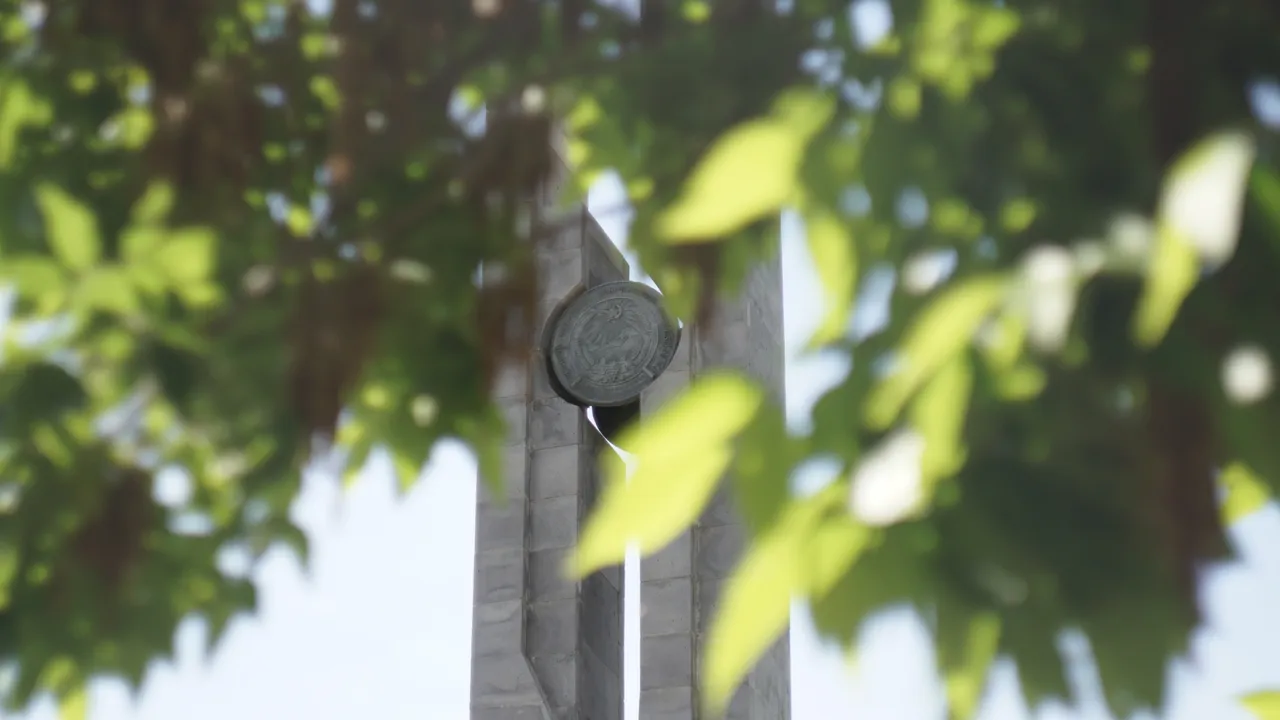
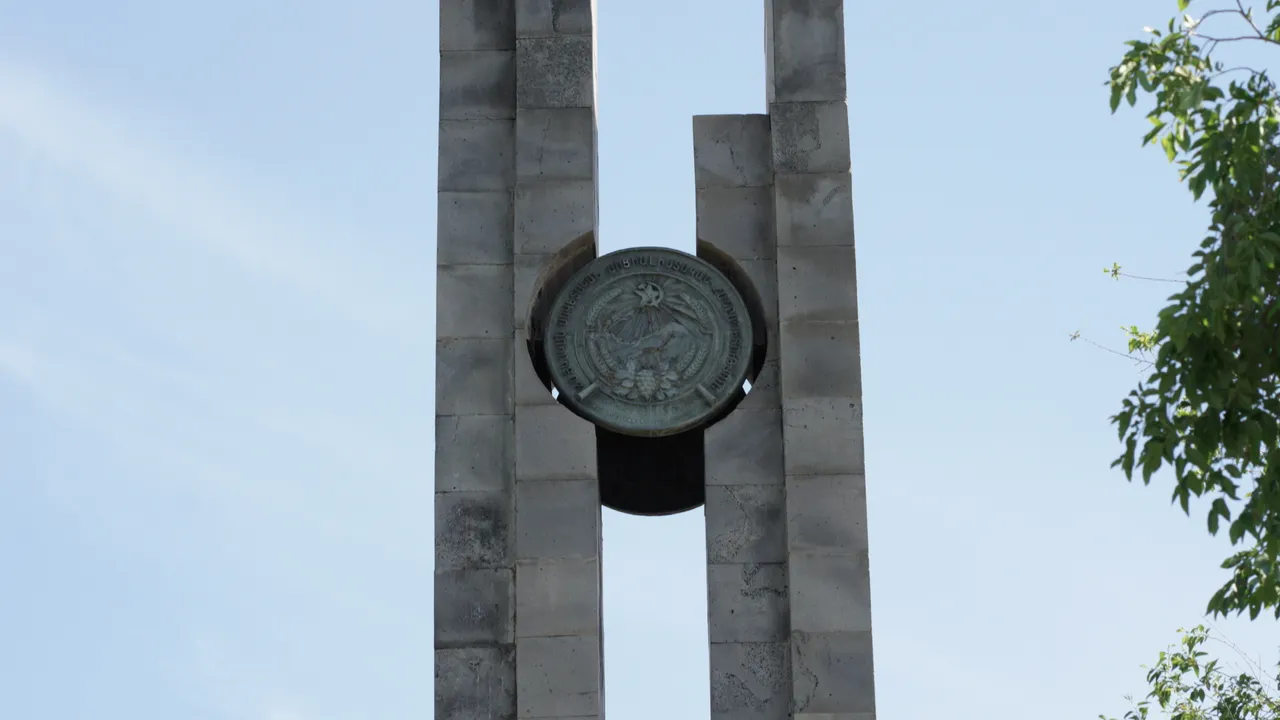
Located in Nor Arabkir Park, which translates to New Arabkir Park, New Arabkir being the, well, newer version of it. This has quickly become a favourite location of mine whenever I'll seek an escape from the city but also want a genuine natural setting to relax within. Parks these days tend to be a bit over-designed in my opinion, losing some of that natural environment and feeling a little too manufactured. This felt like I had stepped into a little forest, with a small cascade (that I assume has fountains operating during summer) that leads straight to the monument itself, though you can walk around the park and see the many other little monuments that either refer to Armenia's strong religious ties to Christianity, or again art installations. Though there's a mixture of former USSR architecture here with some little seating areas and now abandoned buildings that seem as if they're starting to get some attention again. I like the park's design for a major reason: it encourages you to come and sit. And by doing so, you're not forgetting those that were lost during that conflict, you're keeping them in memory and spending time with them by keeping them in mind. Attending a space that seeks to do just that: maintain memory.
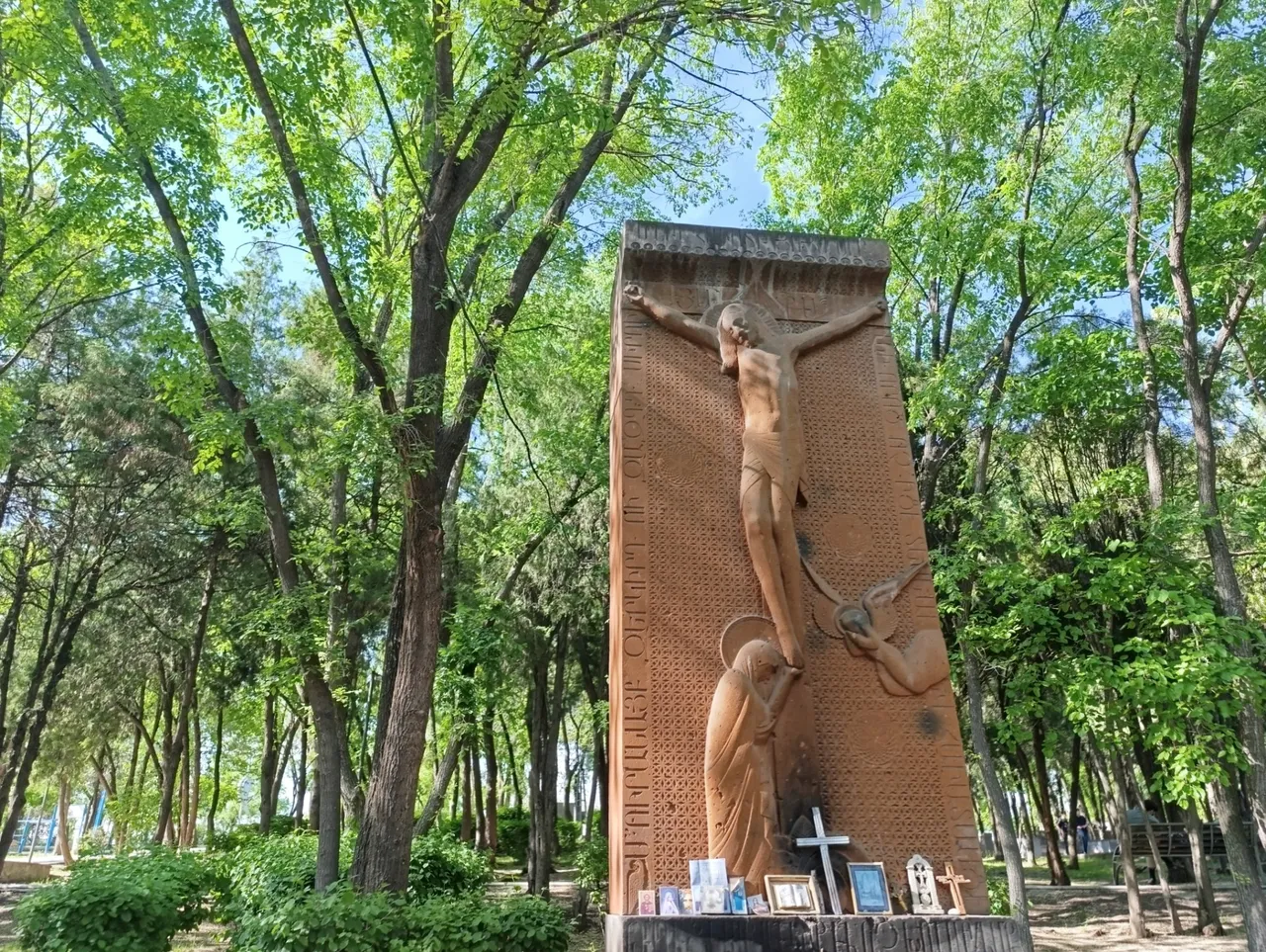
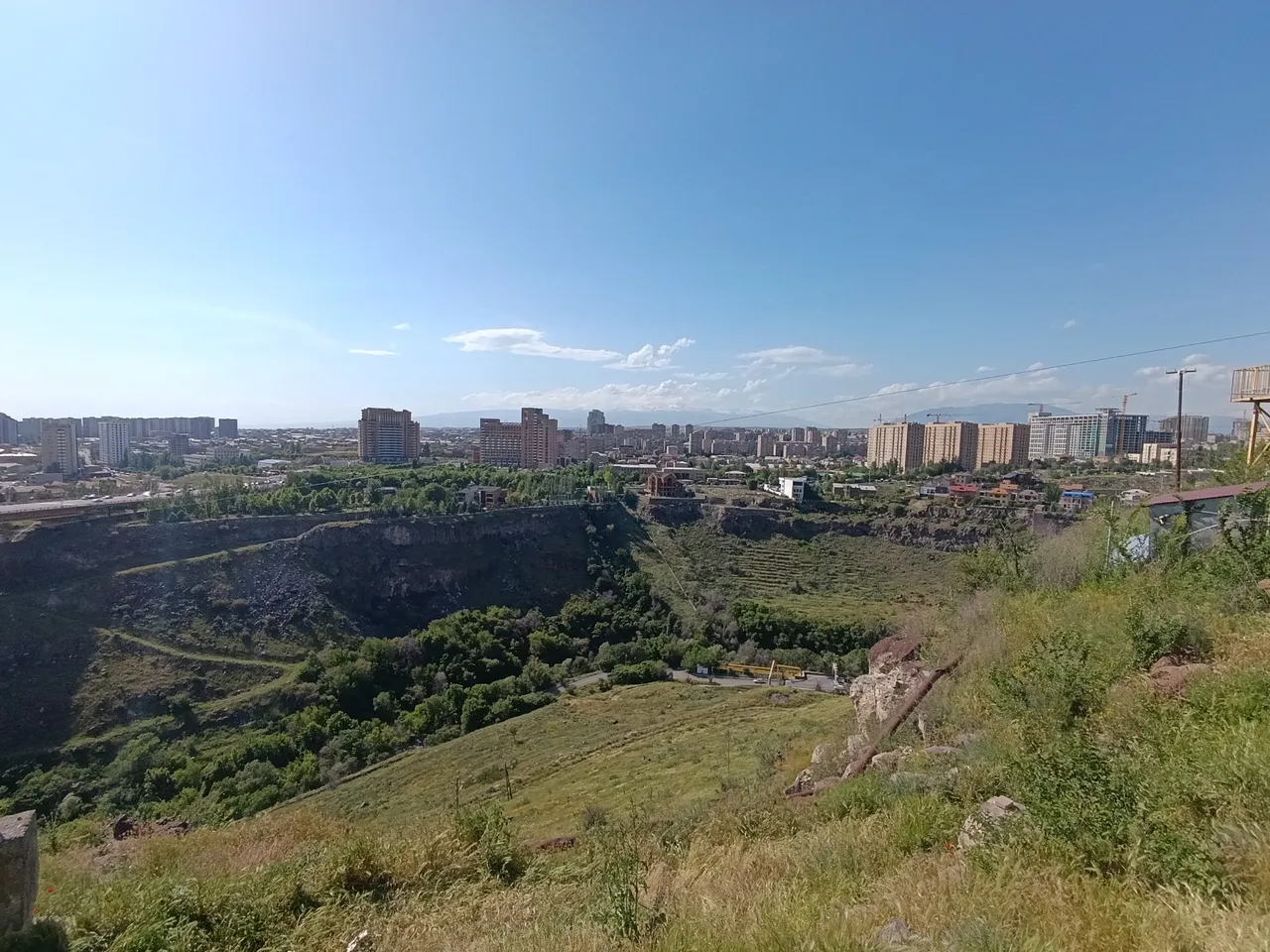
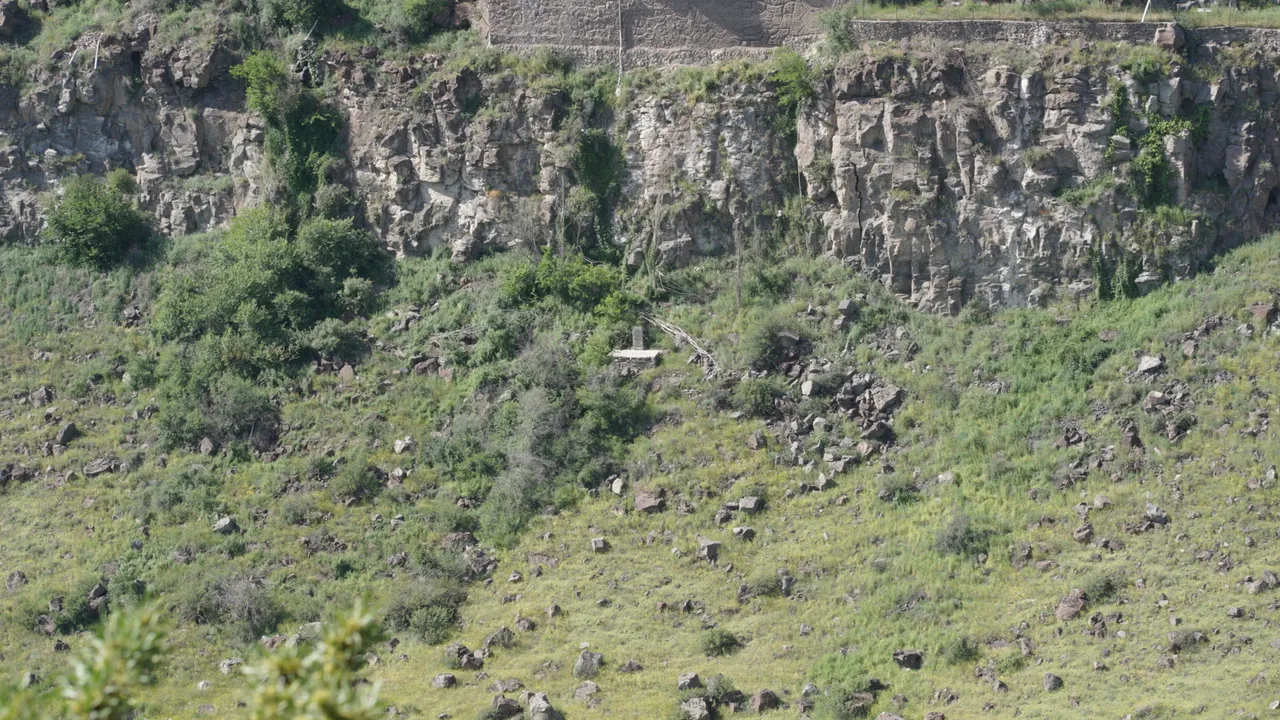
I read that at one point this park was a cemetery, and if you pay attention you can see the odd grave tucked away off the pathway and within the trees. Large graves with huge stone. Though there aren't many of them. They seen incredibly old and fortunately untouched. The monument meant to symbolise the rebirth of Armenia after World War 2. Of course, the hammer and sickle is evidently residing on the monument. Though impressively this monument came to be in 1985, when the USSR was already gaining dangerously close to that point of no return and its inevitable collapse. I mentioned that the park is for those who died during World War 2, though this specifically pays respects to those of the Arabkir district that died. Usually these parks aren't all that well-kept, though this was incredibly tidy, and teeming with life. Many people would be sitting on the grass, either talking to their friends or reading. Some even working on things with their laptops. One group of people even stopped me as I walked by, noticing my camera, and asked if I could photograph them. So I did. Stray dogs would lay within the park. Children would play in the playground. And the magpies above in the trees would bark in odd tones as they skipped from branch to branch.

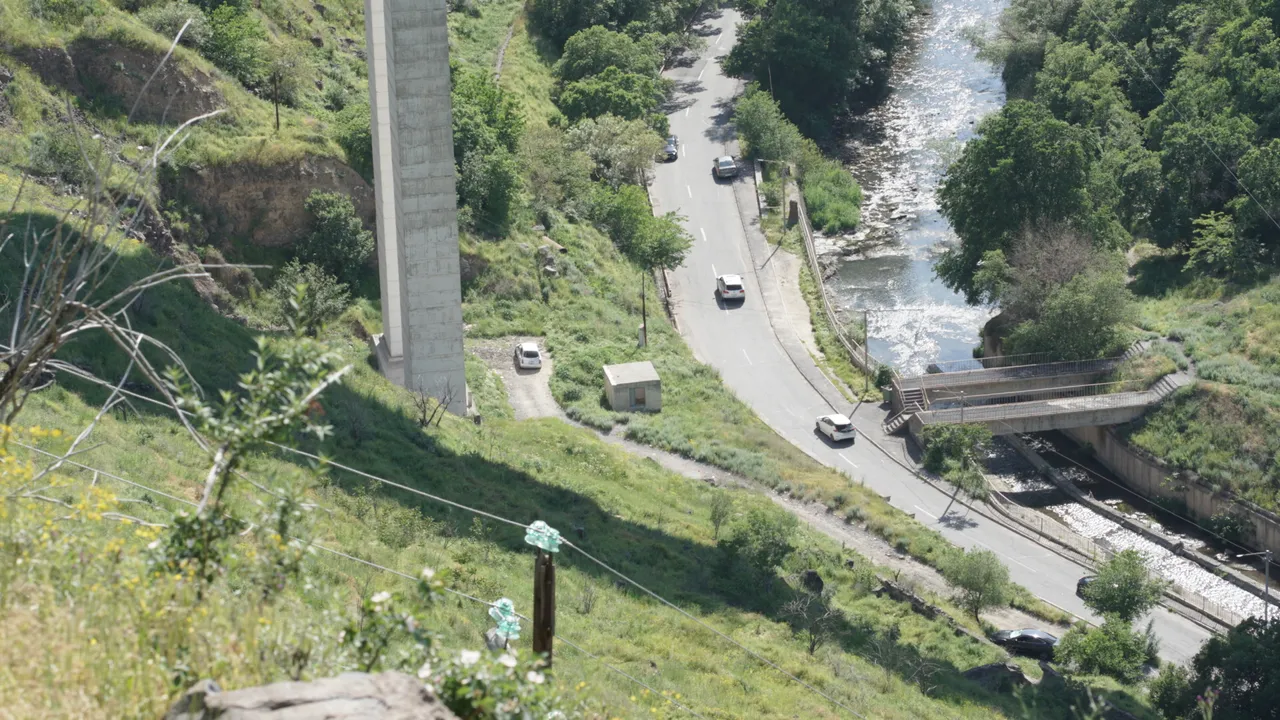

I spent several hours here in the end, and not entirely for the purpose of being creative. Later on, seeing a bench that overlooked another part of Yerevan with a big canyon between the two, a group of displaced Armenians as a result of a recent conflict in Armenia with Azerbaijan would come. And they would speak to me about life in Armenia, England, and general preferences in things. We talked about food, photography and film, and the natural landscapes of Armenia. This park didn't feel like something empty, it had a bit of everything for everyone. To the point where you can lay in silence, you can stumble into strangers and have conversations, and you can admire the nature. But also, that huge monument remains in the centre, not always visible, but there to remind. I continued to walk around, to photograph the trees, the light coming through the leaves, the views across the river and bridge. I wished I had my drone with me at that point; perhaps something for another time.
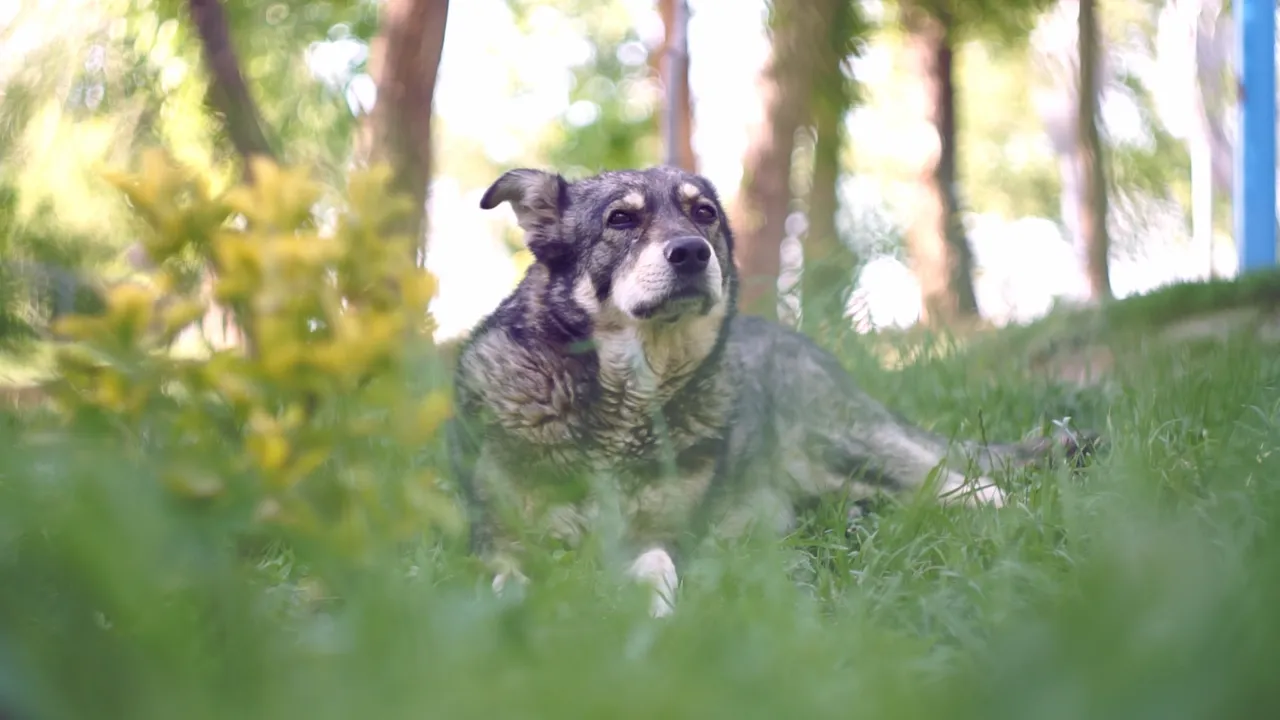
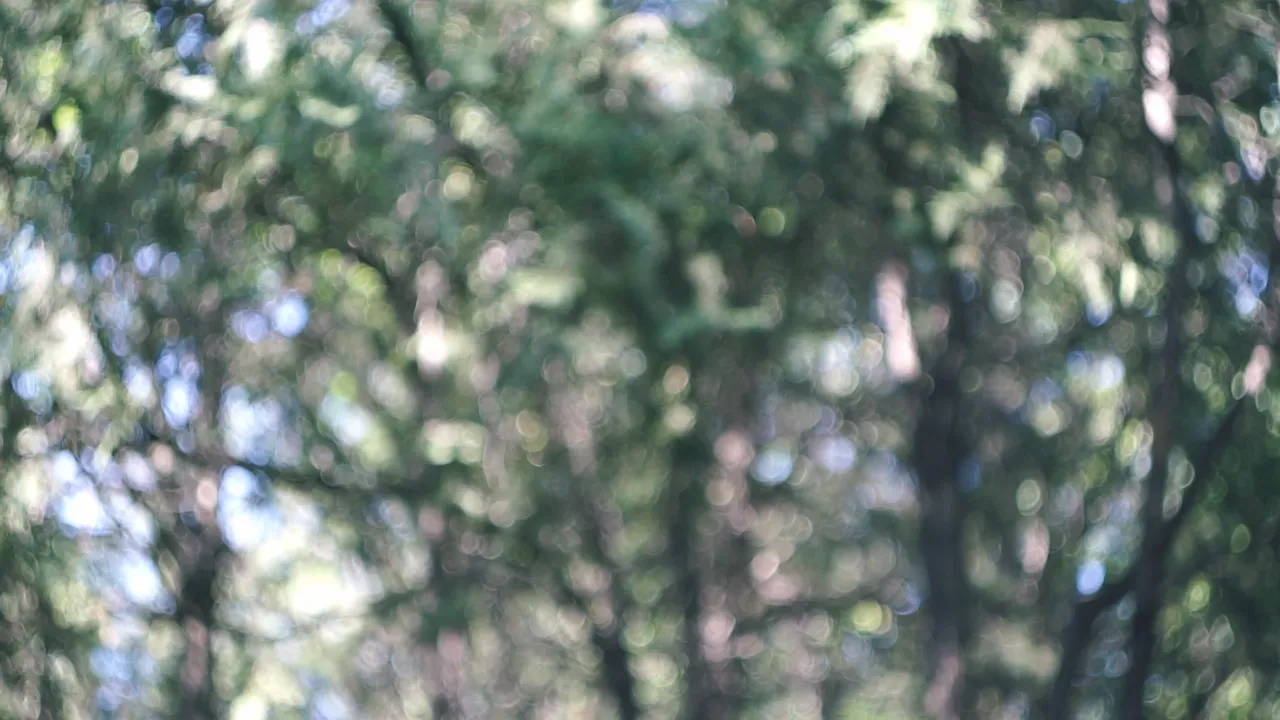
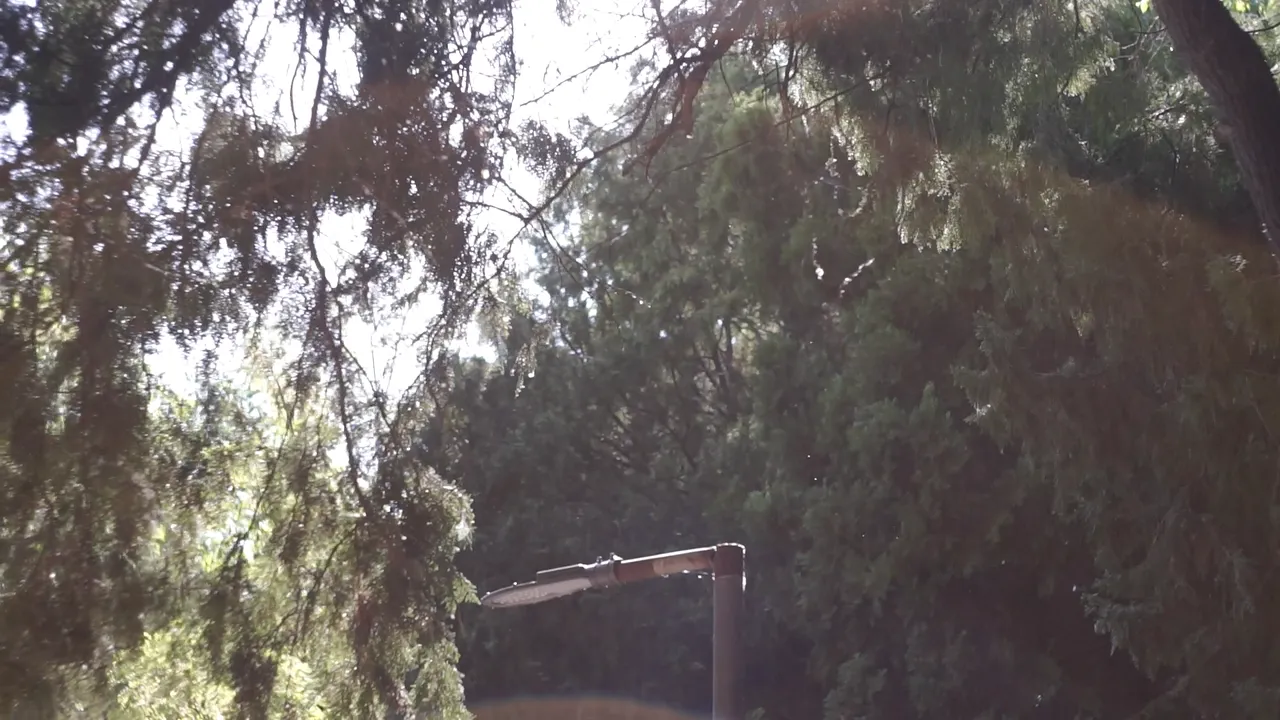
As the sun began to set, I decided it was time to perform the long walk back home. Feeling that heat and discomfort, but I also felt this excitement and content. The feeling that I had a wonderful day surrounded by history and good people, all while still managing to be creative.